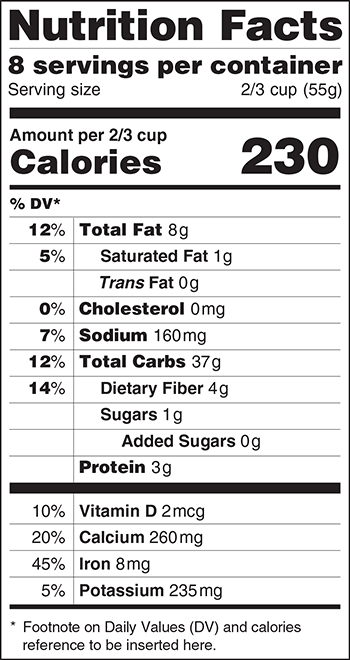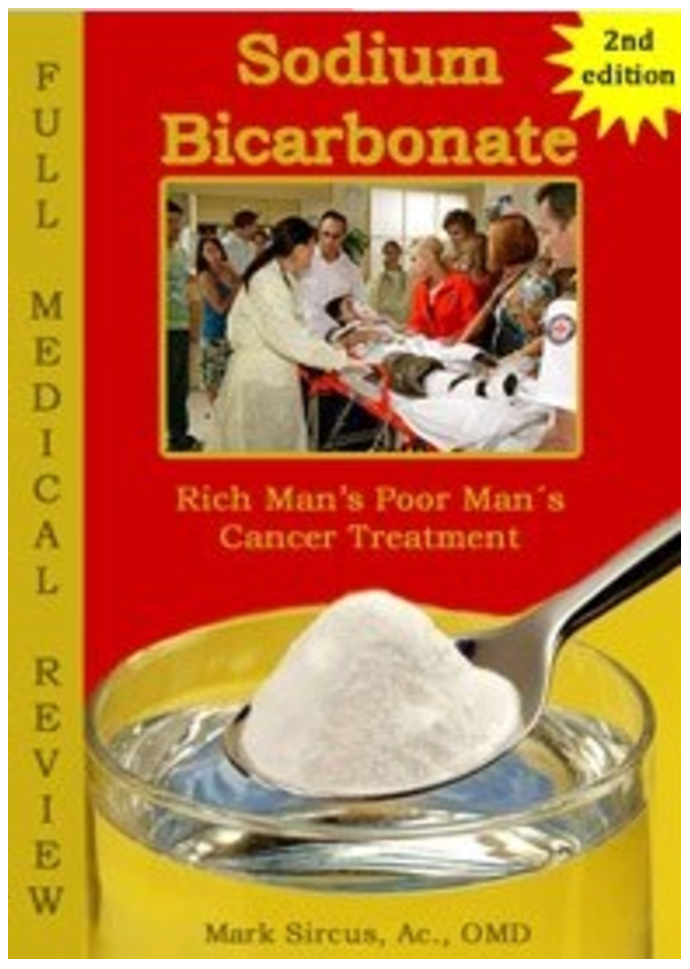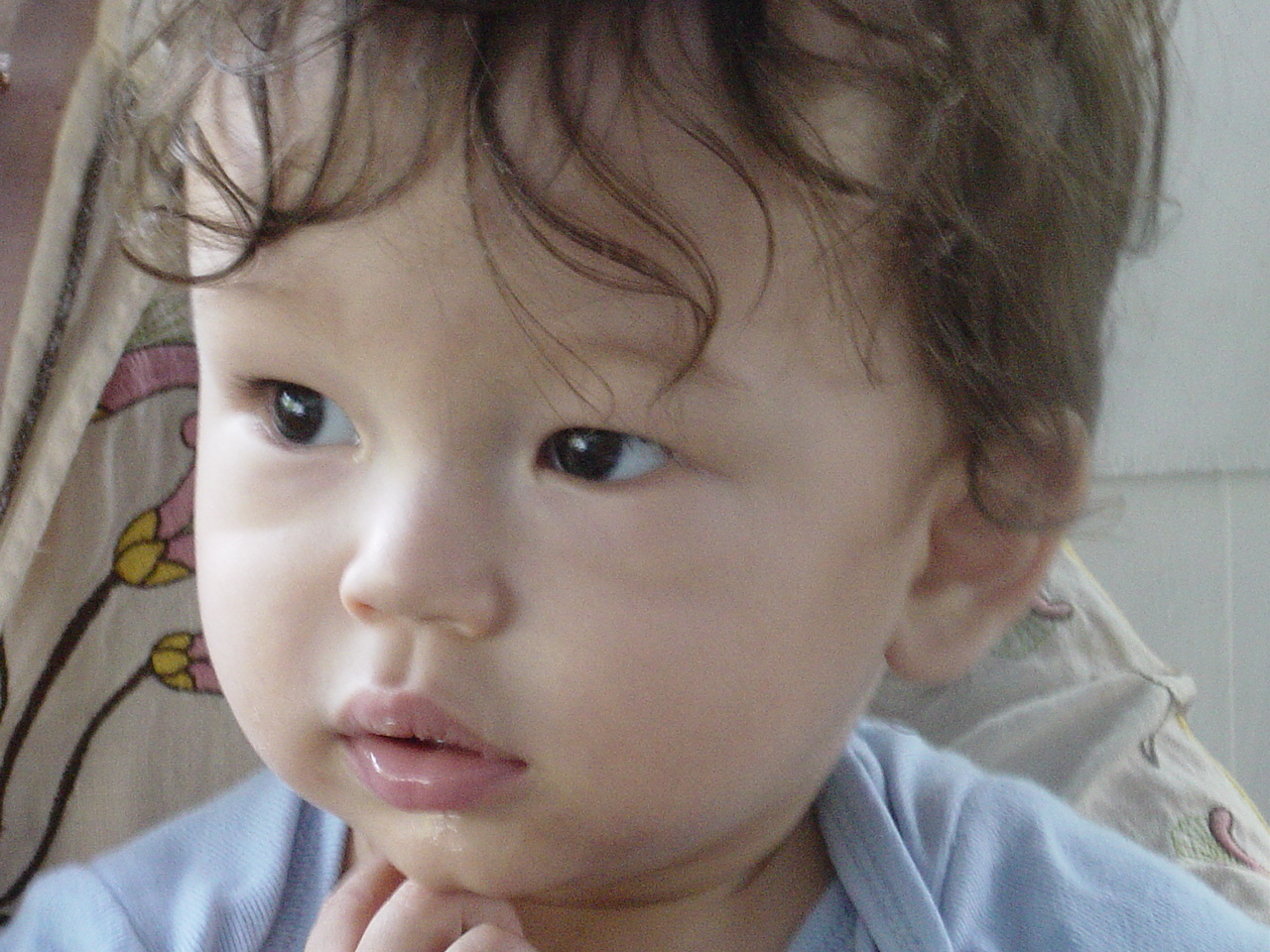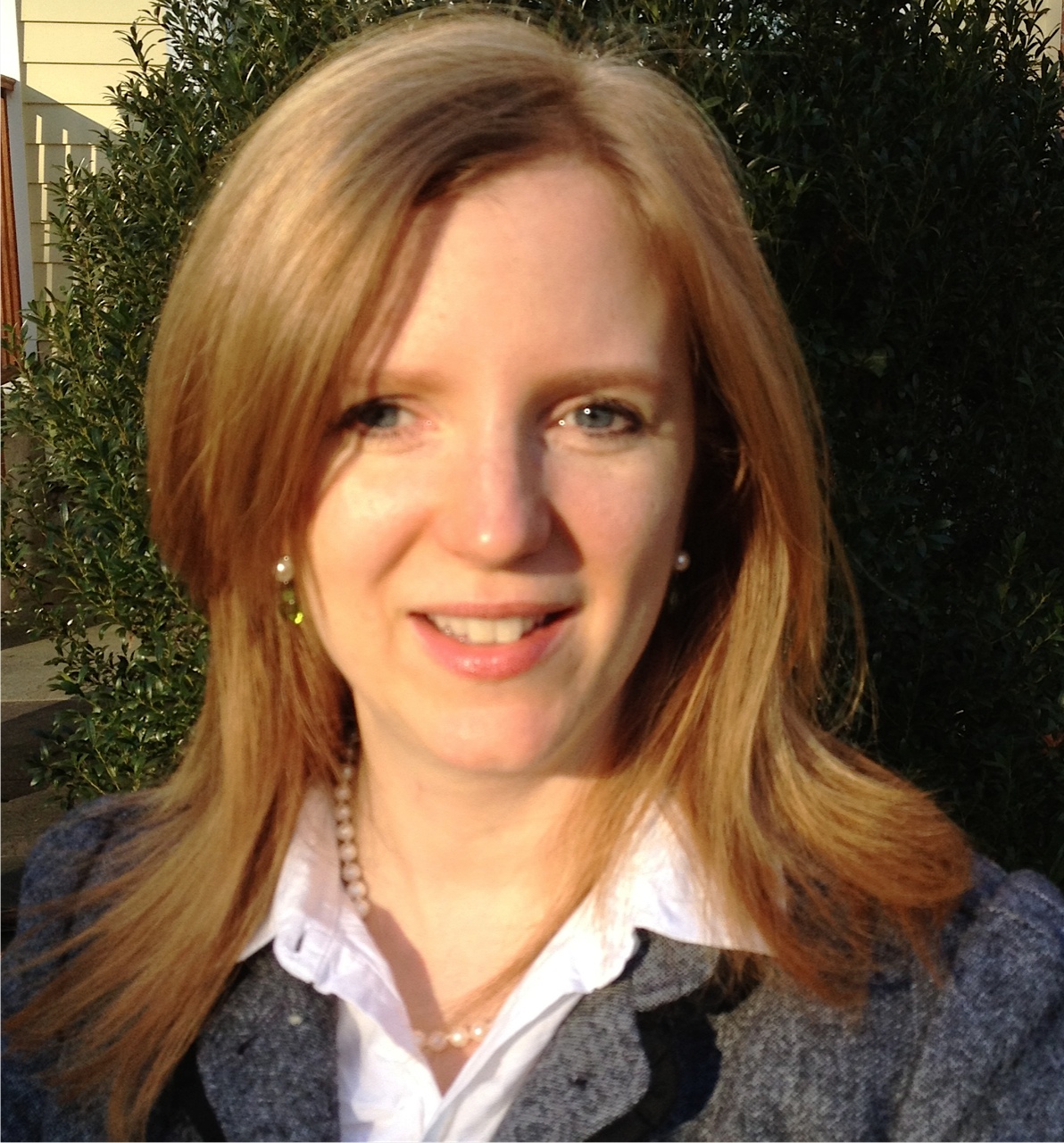 Beth Lambert, Executive Director of Epidemic Answers, calls Patty Lemer’s second book, “Outsmarting Autism: The Ultimate Guide to Management, Healing and Prevention”, the “Bible” of autism recovery, and it is.
Beth Lambert, Executive Director of Epidemic Answers, calls Patty Lemer’s second book, “Outsmarting Autism: The Ultimate Guide to Management, Healing and Prevention”, the “Bible” of autism recovery, and it is.
This book is the soup-to-nuts guide of everything you need to know about recovering your child from autism.
Patty has been working to recover children from autism, ADHD and other neurodevelopmental disorders for over 40 years, and this book reflects the depth and breadth of her knowledge.
For those of you who don’t know her, Patty is now the Chairman of the Board of Epidemic Answers, which recently joined forces with Developmental Delay Resources, another non-profit that Patty founded with nutritionist Kelly Dorfman back in the 1990’s.
Her self-described “cranky grandmother” style comes out at times in the book, which is what makes it a fun and interesting read. She tells it like it is! For example, when addressing the issue of potential over-diagnosis as the cause for the rise in autism cases, she writes, “Many cynics and some scientists actually believe that the rise in autism cases is not real. Frankly, I find that astounding!”, then quickly explains why the autism epidemic is real.
Given her years of experience, Patty has developed a blueprint for recovering kids from autism. What’s unusual is that she doesn’t recommend typical therapies until after a child’s total load and correcting foundational issues. I know from my own and my clients’ experiences that you’ll get more bang for the buck if you follow her blueprint.
Step 1: Take away the bad stuff, and add back the good stuff
I wholeheartedly agree with Patty’s position that “the multitude of possible causes of autism can all be captured under a single umbrella: STRESS!” Stress is the crux of Patty’s Total Load Theory, and it comes under six major categories: biological, environmental, behavioral, educational, physical and emotional.
It is by removing these individual stressors that allows a child’s body to heal from autism. Autism is not a mental condition; it is a brain’s response to these stressors, and Patty shows us how to peel this onion one layer at a time.
This also means cleaning up your child’s diet, improving digestion and getting rid of gut dysbiosis. Patty gives specific examples of diets that may help your child.
This also means boosting your child’s immune system by strengthening your child’s immune system, eliminating allergies and infections and lowering inflammation.
One of the unique things about this book is Patty’s discussion of balancing the endocrine system, especially the thyroid and adrenal glands. In my experience, these issues are typically not dealt with by most doctors and practitioners. However, these issues can be the basis of autism itself because the toxins and stressors that damage your child’s endocrine system also damage your child’s neurological system.
And because so much of what causes autism is so often due to toxicity, Patty provides a thorough explanation of what it takes to detoxify your child.
Step 2: Correct foundational issues
After addressing the total load of stressors, Patty recommends correcting foundational issues with therapies such as craniosacral therapy and primitive-reflex integration, which, again, I believe are thoroughly under-addressed in these kids.
Step 3: Address sensory problems
After correcting foundational issues, then Patty recommends therapies that are a typical starting point for children with autism such as sensory integration, sensory diets, gross-motor therapy, auditory therapy and vision therapy, which is what Patty has been a proponent of for so long.
Step 4: Focus on communicating, interacting and learning
It just doesn’t make sense to expect that a child whose nervous, digestive and endocrine systems are under constant assault would be able to learn and socialize well. Think about Maslow’s hierarchy of needs: what comes first? Taking care of basic survival needs. Only after doing that can higher-order needs like socialization and learning be dealt with.
Patty doesn’t even address ABA (Applied Behavioral Analysis) until this far into the blueprint, although this is another typical starting point for most children with autism. Not only that, but many times, it is also the ending point. So many parents and doctors are not aware that autism is a medical condition with underlying bodily dysfunctions.
Step 5: Plan for the future
There is a growing number of children with autism who are quickly turning into adults with autism. Many of these haven’t had any kind of medical intervention – who will take care of them? Patty gives some well-though-out suggestions in the book.
In addition, ultimately something must be done to halt this epidemic. So much of that comes down to educating women about the risk factors for children developing autism before these women even think about getting pregnant. I wish I had known this level of preconception information before I had my boys!
Patty knows just about everyone and everything in the field of autism recovery, and this book is proof of that. I highly recommend it as the ultimate guide for recovering a child from autism.
 Now, you might think it strange that I’m writing a book review for “The Diet Cure” by Julia Ross. While I am a health coach, I don’t specialize in weight loss. Instead, I specialize in helping people recover from symptoms of chronic neurological and/or autoimmune issues like autism, ADHD, allergies, asthma, SPD, lupus, fibromyalgia, Lyme and more.
Now, you might think it strange that I’m writing a book review for “The Diet Cure” by Julia Ross. While I am a health coach, I don’t specialize in weight loss. Instead, I specialize in helping people recover from symptoms of chronic neurological and/or autoimmune issues like autism, ADHD, allergies, asthma, SPD, lupus, fibromyalgia, Lyme and more. The Food and Drug Administration (FDA) has just announced proposed changes to the nutrition label. Overall, I think these changes might make a positive and meaningful difference to our country’s health, at least to those who pay attention to food labels. Here’s a breakdown of what I think are the positive changes:
The Food and Drug Administration (FDA) has just announced proposed changes to the nutrition label. Overall, I think these changes might make a positive and meaningful difference to our country’s health, at least to those who pay attention to food labels. Here’s a breakdown of what I think are the positive changes: I’ve been pretty busy lately helping to organize an event for my non-profit. Epidemic Answers hosted “
I’ve been pretty busy lately helping to organize an event for my non-profit. Epidemic Answers hosted “ We honored Ken Cook of the Environmental Working Group,
We honored Ken Cook of the Environmental Working Group,  Academy-award-nominated alternative country singer
Academy-award-nominated alternative country singer  I finally got to meet Donna Gates, the developer of the
I finally got to meet Donna Gates, the developer of the  WEST SIMSBURY, Conn., June 25, 2013 /PRNewswire-iReach/ — Epidemic Answers, a 501(c)(3) nonprofit organization at
WEST SIMSBURY, Conn., June 25, 2013 /PRNewswire-iReach/ — Epidemic Answers, a 501(c)(3) nonprofit organization at  I have to say, I was fascinated with the material in Dr. Mark Sircus’ book, “Sodium Bicarbonate: Rich Man’s, Poor Man’s Cancer Treatment” because it provides a fundamental framework for understanding the nature of disease: that chronic health conditions and diseases arise from an acidic state of the body.
I have to say, I was fascinated with the material in Dr. Mark Sircus’ book, “Sodium Bicarbonate: Rich Man’s, Poor Man’s Cancer Treatment” because it provides a fundamental framework for understanding the nature of disease: that chronic health conditions and diseases arise from an acidic state of the body. My husband bought me a copy of Gwyneth Paltrow’s cookbook, “
My husband bought me a copy of Gwyneth Paltrow’s cookbook, “ My Children: Recovered from Sensory Processing Disorder, Acid Reflux, Asthma and Eczema, and getting healthier everyday!
My Children: Recovered from Sensory Processing Disorder, Acid Reflux, Asthma and Eczema, and getting healthier everyday!
 Here’s a
Here’s a 

